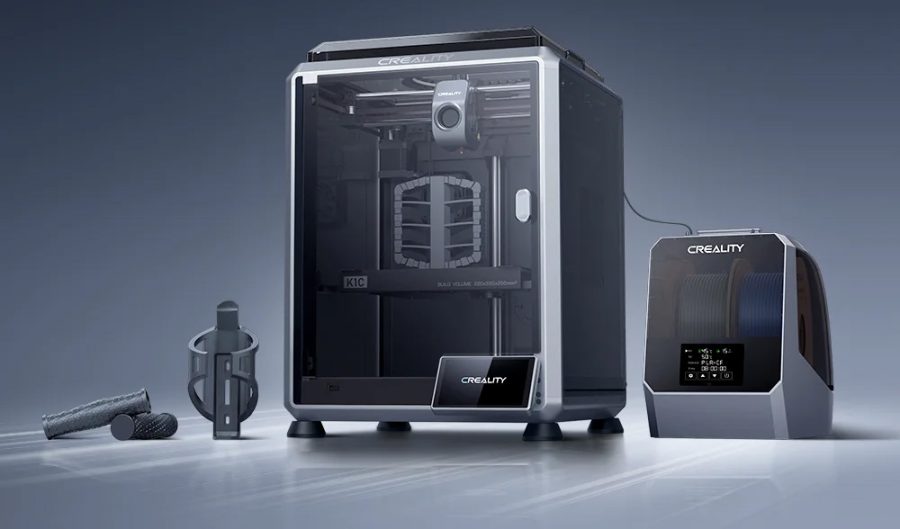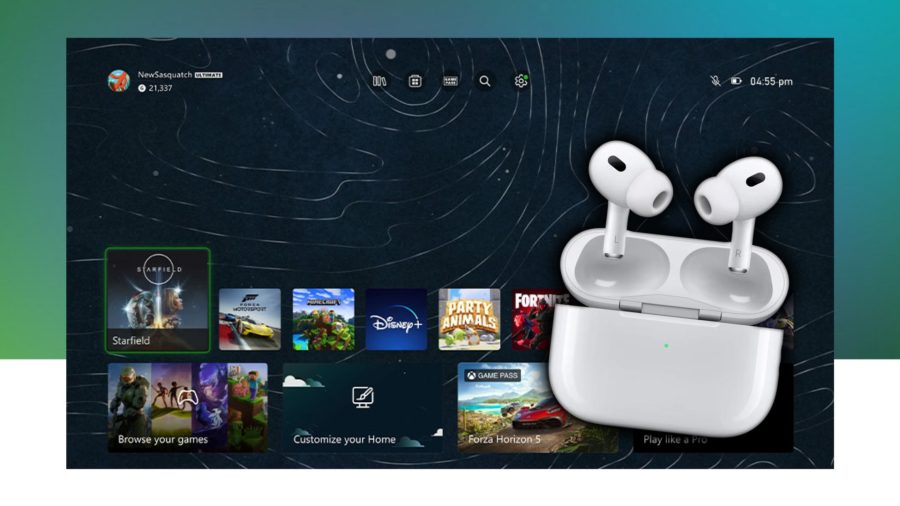I joked that one of the best reasons to go to events such as TechCrunch50, which starts today, and DEMO, which runs September 21st to 23rd, is to get good user names for all of the new services. The startups launch right in front of you, and if the wi-fi holds, then my chance of getting “mick” goes way up. Okay, there are better reasons to attend, for both spectators and new businesses. We’ll talk about those reasons in this post.

TechCrunch50 is hosted by the team behind TechCrunch and Jason Calacanis’ crew, which is behind Mahalo and TWiST. It’s a two-day annual event held in San Francisco, where 50 selected companies launch their business on stage in front of a big crowd of media, investors, and industry players. Instant global exposure. There are also panels, talks, announcements, and more than a few parties. It runs today and tomorrow at the San Francisco Design Center.
Why Pitch Your Startup Here?
In an age of instant information, a physical-attendance event with a big lead time might seem odd. Why not launch your startup the day after it’s ready? Why run your fresh young business on someone else’s schedule? Most importantly, why launch when 149 other companies are doing the same? (50 on stage, and 50 in the demo pit on each of the two days. And DEMO will have 219!)
I’ve pitched at DEMO and had companies in the demo pit at TechCrunch50 in 2007 and 2008, and so I feel I can say with some authority that they absolutely can be time and money well spent.
Here are some of my reasons;
- Pitch refinement
Whether you are on stage or in the demo pit, you’ll have to work out a very short, sharp script. Most companies will fail at this, but they’ll definitely have enough feedback once they’re done. This is one reason why the demo pit is better than being on stage: less of a big bang, but more time with people. - Meet the media
You’ll understand what “story” your business is potentially about. Is it tech? Is it about the customer? About change? Or is there no real story at all? - Say “Hello” to investors
Is your space hot right now? Do you have traction? Do you have a believable business model? Look for a lot more than just, “Yeah, that’s pretty cool.” If they aren’t asking to book a meeting with you in the next week, they’re probably just being polite. - Find competitors
Almost every time you pitch to someone, you’ll hear, “Isn’t that a little like XYZ.com?” or “Have you checked out ACME.com?” Make sure you have a pad to write all this down. You’ve been so busy preparing that you’ve probably stopped tracking competitors, and a lot of them might be hard to find otherwise. - Pool of partners
Some of the spectators will be big and little companies that might want to use your technology with theirs. They speak tech and will be able to quickly tell if they’re missing your API. Don’t ignore people whose name badges don’t end in “Capital” or “Blog.” - First customers
If anyone you meet does not fit one of the categories above, then they will be your earliest potential customers. These people are early adopters, which means they find a lot of products early and adopt only a few. But at least they’ll look and probably try.
There are more reasons, but these are the primary ones.
And here are a few quick tips for anyone launching their business in the demo pit. (Okay, these might have been more helpful to hear a few weeks ago, but you can still do a few of them.)
- Carry a few notepads and a lot of pens to write things down and make notes. You won’t have time to enter them all in your phone.
- Carry throat lozenges.
Giving 100 pitches a day can kill your voice, especially if you spent last night at a party and had to yell to be heard over the music. - Carry business cards or postcards.
People can’t easily put full pages (much less folders) into their bag or pocket to review later. No one wants an essay. Just add your two best lines and a URL. - Be outgoing.
If you sit on a stool and wait for people to be drawn to the witty product name in your banner, then you won’t need those lozenges or promo tools. Get up, speak up, and get fired up. - Be different.
You don’t have to wear a chicken suit. Just do something a bit different: hats, a game, a different configuration of your stand, anything that would give people a reason to stop for a second and say “Hello.” - Be ready.
Don’t push yourself into the spotlight just because it’s bright. At events like these, 50,000 people will see you in 48 hours, but if your product doesn’t really create value yet, then holding off is best. This is the toughest part of the event. Launching there means you probably haven’t had broad feedback or testing at scale. Think about that carefully.
Guest author Mick Liubinskas of Pollenizer.com is offering a free workshop on Getting Your Startup Focused this Thursday in San Francisco.





















